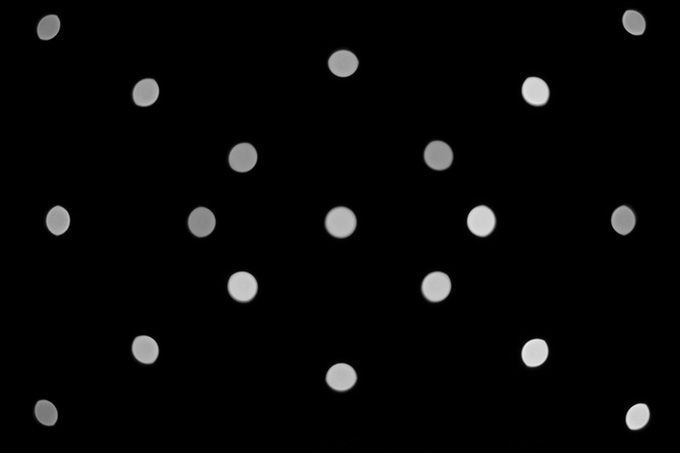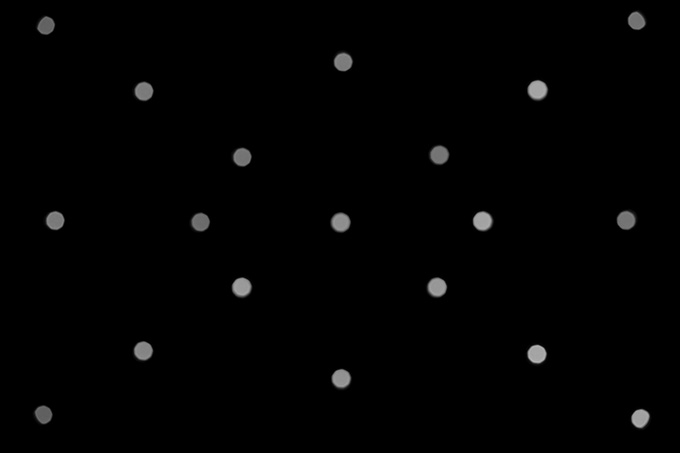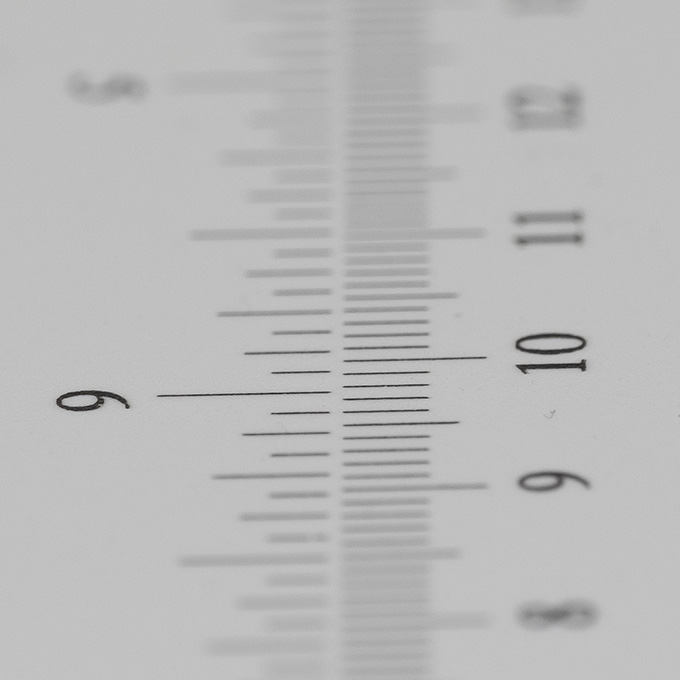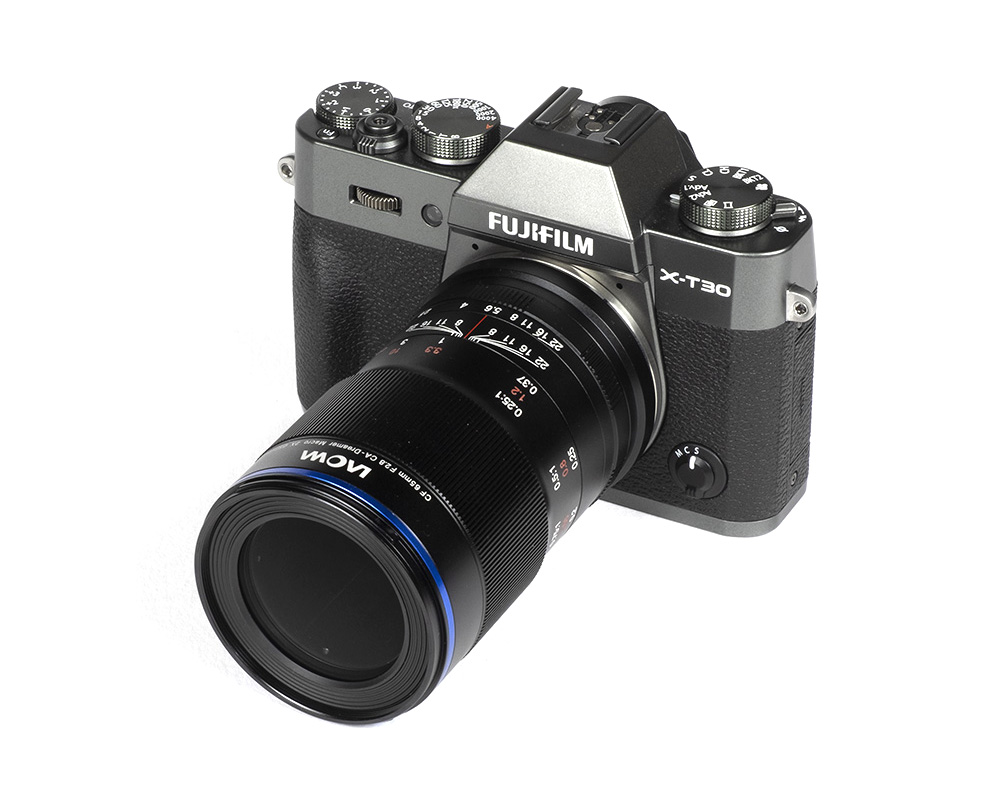Introduction
A while ago, we reviewed the Laowa 100mm f/2.8 2x Ultra Macro APO and we were pretty impressed. Now, that’s a full format lens optimized for DSLRs but there’s a new kid around now – the Laowa 65mm f/2.8 2x Ultra Macro APO for APS-C format mirrorless cameras (Fujifilm, Sony, Canon EF-M). Being shorter in focal length and covering a smaller image circle, it is obviously a much more compact and light-weight lens. Unfortunately, we are still talking about a fully manual lens without AF nor any electronic coupling. If your primary use-case is macro photography, this is probably not a huge deal but it’s a limitation nonetheless. There are, however, two obvious advantages compared to native Fujifilm offerings – the Laowa lens offers a maximum magnification of 2:1 and it’s also much more affordable at around 399USD/479EUR.
The Laowa 65mm f/2.8 2x Ultra Macro APO is a curious little lens in shape – the diameter is comparatively small but it’s also fairly long – probably a side effect of the 2:1 max. magnification. The build quality is very high. Besides the dampened focus ring (amount of throw ca. 220 degrees), there is a clicked aperture ring that allows you to stop down in full stops down to f/22. However, our test results do not suggest that f/22 is f/22 but more like f/16, maybe even f/14. However, keep in mind that diffraction effects are massive at very small apertures so you don’t really want to stop down beyond f/16 anyway. The lens uses an internal focusing mechanism so the size remains constant throughout the focus range. A barrel-shaped, metal lens hood is provided.

| Specifications | |
|---|---|
| Equivalent focal length (full-format) | “100mm” |
| Equivalent aperture (depth-of-field, full-format) | “f/4.3” |
| Optical construction | 14 elements in 10 groups inc. 3x ELD element |
| Number of aperture blades | 9 |
| min. focus distance | 0.17m (max. magnification 2:1) |
| Dimensions | 57×100mm |
| Weight | 335g |
| Filter size | 52mm |
| Hood | barrel-shaped (bayonet mount, supplied) |
| Other features | – |
| Mounts | Fujifilm X, Sony E, Canon EF-M |
Distortion
Low image distortions are a bit of a trademark of Laowa lenses and this also applies to the Laowa 65mm f/2.8 2x Ultra Macro APO. In fact there are next to no distortions here. And that’s all without digital trickery (yes, Fujifilm, we hope that you are reading this …).

Vignetting
Medium, tele macro lenses don’t produce much vignetting. At maximum aperture, the Laowa shows a light falloff of ~0.7EV (f-stops) – again without any digital correction. You can spot this in critical scenes but it’s far from being severe. Stopping down results in a gradual decrease and the issue is mostly gone from around f/5.6 onward (in practical terms).

MTF (resolution)
The resolution characteristic of the Laowa 65mm f/2.8 2x Ultra Macro APO is, overall, outstanding. There’s only a minor weakness at f/2.8. The center quality is excellent at this setting and the borders are very good but the extreme corners are only “good” here. The quality of the outer image field is receiving a boost at f/4 and a superb resolution is reached at f/5.6 – across the image frame. Diffraction has a marginal impact at f/8 but even f/16 remains impressive and f/22 is more than just usable. Keep in mind that we don’t think that f/22 is actually the true aperture number – as mentioned, we are betting more on f/14 or f/16 here – which would also explain why the results are that good at small aperture settings. Typically diffraction results in very soft images at a true f/22.
The field curvature is negligible. The centering quality of the tested sample was excellent.
Please note that the MTF results are not directly comparable across the different systems!
Below is a simplified summary of the formal findings. The chart shows line widths per picture height (LW/PH) which can be taken as a measure for sharpness. If you want to know more about the MTF50 figures you may check out the corresponding Imatest Explanations

Chromatic Aberrations (CAs)
Lateral CA (color shadows at the image borders) are next to non-existent and nothing to worry about.

Bokeh
While you can use the Laowa lens at conventional focus distances, its primary use-case is macro photography and as such you have to deal with a very shallow depth-of-field – especially so if you explore truly extreme object magnifications.
Let’s have a look at out-of-focus highlights first. At f/2.8 they are nicely rendered. The inner zone isn’t absolutely smooth but still very good and there’s just a hint of an outer ring. Stopped down to f/4, you may notice that the discs are, unfortunately, already becoming a little edgy and the outlining is somewhat emphasized and more so at f/5.6.

When looking at the highlight rendition across the image field, you may notice that the discs deteriorate towards the edges – this is a mechanical vignetting effect. However, it’s comparatively underdeveloped. Stopping down to f/4 or f/5.6 corrects this a little although the most pleasing result is still achieved at f/2.8 in our opinion.



The general rendition in the focus transition zones is very smooth in the image foreground – as shown to the right below.
The more interesting background blur (to the left) is somewhat less ideal with some harsher edges though.

Bokeh Fringing (LoCA)
Bokeh fringing – also referred to as LoCAs or axial CAs – is a color fringing effect on the Z-axis. It shows up as purplish halos in front of the in-focus zone and greenish beyond. Except … that the Laowa lens has none of these so it’s one of the few lenses where this is also corrected. Kudos to Laowa here!




Sample Images
Competition
There are a couple of macro lens options for Fujifilm X mount – both conventional and non-conventional ones. At the top of the food chain is the Fujinon XF 80mm f/2.8 LM R OIS macro – shown to the right below. It also by far the most expensive of them all at 1200USD or about 3x the price of the Laowa 65mm f/2.8 2x Ultra Macro APO (to the left). Obviously, it’s fully coupled and features an image stabilizer. We only tested this one at 16-megapixels but in terms of sharpness, it should be in the same realm as the Laowa. Then there’s the ol’ but still very good Fujinon XF 60mm f/2.4 R macro. This lens is still more expensive but it’s slightly faster at least and obviously shorter. On the downside, it can only focus down to 1:2 though. Then there’s the Zeiss Touit 50mm f/2.8 macro (not shown). While the brand name may suggest otherwise, it isn’t quite as good as the other options mentioned so far. On the other side of the price spectrum is the new 7Artisans 60mm f/2.8 macro. It costs HALF the price of the Laowa lens so if you are on a tight budget, it may be interesting. However, none of the mentioned competitors is an APO lens with axial CA correction – not even the XF 80mm f/2.8.

Visual comparison courtesy of camerasize.com.
The Laowa 65mm f/2.8 2x Ultra Macro APO is a stunning performer with just a few minor weaknesses. Its biggest value proposition is the excellent resolution. At f/2.8, the center is tack sharp with a hint of softness at the image corners. However, at f/5.6, the quality is as good as it gets! Lateral CAs, as well as distortions, are non-existent. There's a tad of vignetting at fully open aperture but it's by no means disturbing and it can be reduced by stopping down. The quality of the bokeh is good. The foreground blur is very smooth whereas the background blur could be better. Out of focus highlights are nicely rendered at f/2.8 but you can spot that the lens doesn't feature curved aperture blades at smaller aperture settings. A big plus in our book is the lack of axial CAs which is already a massive achievement alone but even more so at a price point of just 399USD/479EUR. It is a true APO lens indeed.
The build quality of the all-metal Laowa lens is very good- also thanks to the constant physical size.. The focus ring feels great and here are no wobbly partsWeather-sealing is not implemented. As mentioned, the aperture mechanism isn't super accurate though. In real life it won't matter too much but the effective minimum aperture settings are actually bigger (in terms of aperture diameter) than indicated. A more substantial drawback for some is the all-manual nature - no AF, no EXIF data, no camera-controlled aperture. Macro photographers may shrug this off because AF is of little use in the macro world but the average Bruce and Sheila may miss this during everyday photography.
Not all Laowa lenses are excellent but some are and the Laowa 65mm f/2.8 2x Ultra Macro APO is certainly among them. Canon, Fujifilm & the likes have reasons to get a little nervous by now. As of today, Laowa is still a niche player today but once they'll be able to source the necessary parts for implementing AF and electronic coupling, they'll be heading straight for the mainstream.
-
Optical Quality
-
Build Quality
-
Price / Performance


